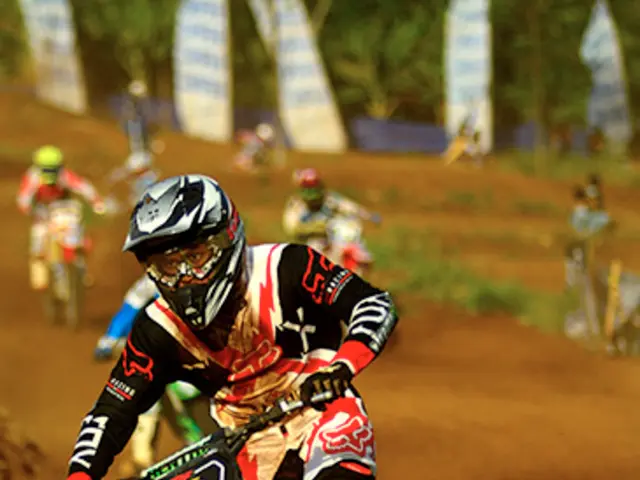Social media's ideal physiques potentially drive disordered eating among young male users
Barring the Red Carpet and Everyday Life:
From Hollywood stars and social media influencers to your everyday Joe, social media is a breeding ground for images flaunting fit, chiseled bodies - and the lowdown on how to get one. It's no longer the realm of professional athletes or bodybuilders; sporting a muscular physique has turned into a widespread dream.
Yet, this growing fashion for muscular bodies has ushered in a surge of pressure that both males and females are grappling with to attain a more athletic form. Simultaneously, a fresh breed of unhealthy eating habits has surfaced, and it's time to shed some light on this hidden danger.
We're talking about Muscularity-Oriented Disordered Eating (MODE), a twisted variant of disordered eating that stems from a fixation on enhancing lean muscle mass. Manifestations of MODE include excessive protein consumption, rigid diet patterns, intense tracking of macronutrients, and relentless muscle measurements.
Unlike familiar disorders such as anorexia or bulimia, MODE is more muscularity-centric and mainly affects young men. However, much like other disordered eating behaviors, MODE can wreak havoc on day-to-day life, strain relationships, and undermine emotional well-being.
MODE: A Modern-Day Concern
Also known as muscularity-driven eating disorder, MODE is a type of disordered eating that prioritizes muscle gains over thinness. It shares similarities with body dysmorphic disorder (muscular dysmorphic disorder or "bigorexia"), especially in its reflection of body image concerns and dissatisfaction.
Symptoms of MODE can include:
- Dietary Alterations: Adopting high-protein diets and specific meal plans to foster muscle growth
- Relentless Exercising: Overexerting oneself through weightlifting and muscle-building exercises
- Obsession with Muscle Shape: A preoccupation with muscle size and form, which can fuel feelings of inadequacy despite an increased muscular build
- Fear of Insufficient Muscularity: This fear drives the compulsive pursuit of the desired physique
Causes of MODE can be multifaceted, including:
- Sociocultural Pressures: The societal emphasis on fitness and muscularity can contribute to body dissatisfaction and disordered eating behaviors
- Genetic Factors: Similar to other eating disorders, there may be a genetic component
- Psychological Factors: Self-esteem issues, perfectionism, and obsessive-compulsive tendencies can intensify the condition
The Impact of MODE on both physical and mental health can be significant:
- Physical Health Risks: Over-exercise and extreme diets can trigger injuries, nutritional deficiencies, and other health issues
- Mental Health Concerns: Disorders like anxiety, depression, and body dysmorphia can develop
- Social and Emotional Impact: Strained relationships and social isolation may arise due to the condition's obsessive nature
- Economic Burden: The cost of specialized diets, supplements, and gym memberships can mount up
Treatment for MODE necessitates a comprehensive approach, encompassing psychological therapy, nutritional counseling, and addressing any associated mental health concerns. It's crucial to tackle the underlying body image issues and societal pressures fueling these eating patterns.
- Commentary on the rising trend of Muscularity-Oriented Disordered Eating (MODE) is becoming increasingly necessary, given its impact on health-and-wellness, particularly mental health.
- Social media, with its abundance of fitness-and-exercise influencers promoting muscular physiques, may unwittingly contribute to the development of MODE.
- Understanding and addressing the causes and symptoms of MODE, such as the obsession with muscle shape and dietary alterations, is essential for effective treatment and prevention of this modern-day concern in entertainment and everyday life.








